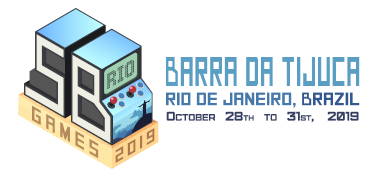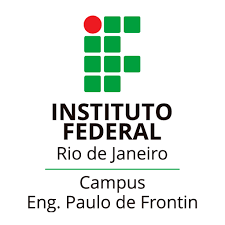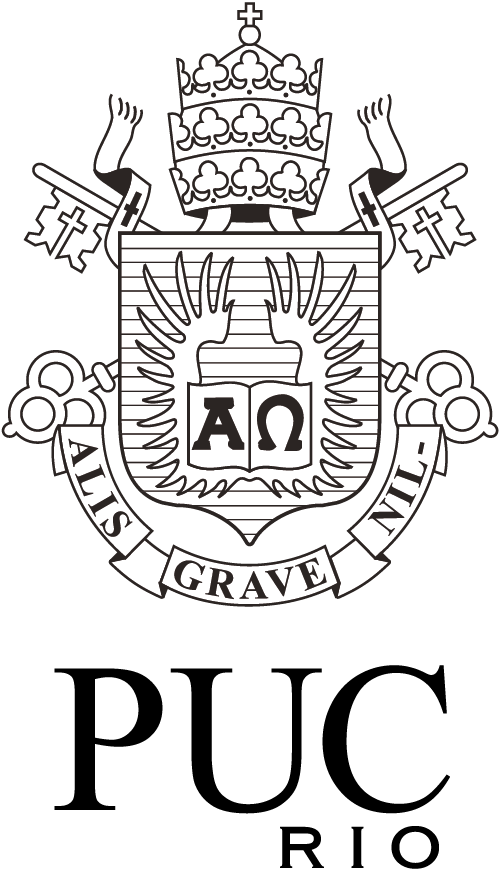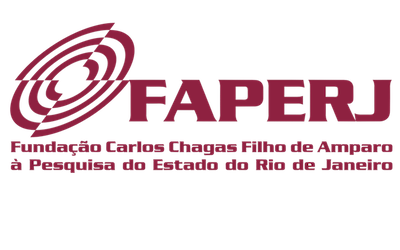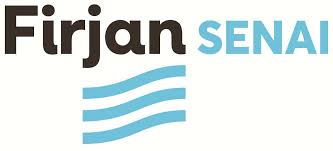Soraia Raupp Musse
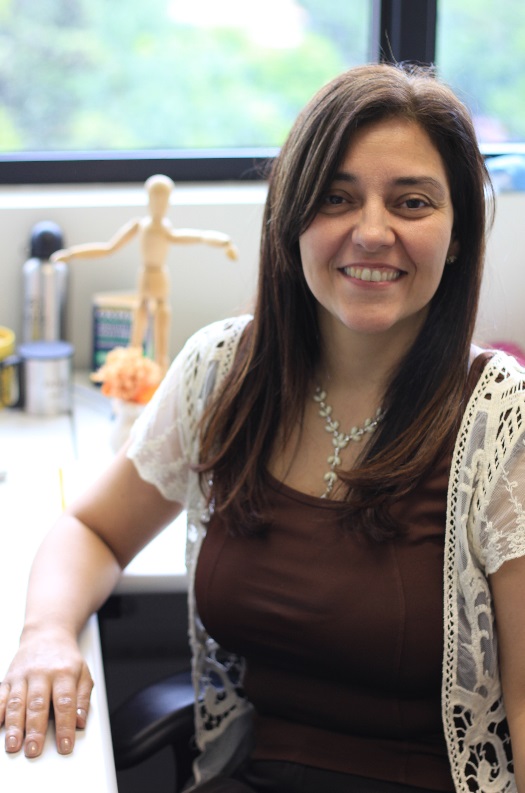
Soraia Raupp Musse is an associate professor at School of Technology, Pontifical Catholic University of Rio Grande do Sul (Brazil), where she created and still coordinates the Virtual Human Laboratory.
Her research interests include crowd simulation and analysis, facial animation, and integration of computer graphics, pattern recognition, and computer vision.
Dr. Musse has a Ph.D. in Computer Science from the Ecole Polytechnique Fédérale de Lausanne (Switzerland) where she was supervised by Prof. Daniel Thalmann. Recently she spent a year at UPENN (USA) working as a visiting scholar with Prof. Norman Badler. She has published more than 150 peer-reviewed papers in relevant journals and conferences. In addition, she published 3 books in Crowd Simulation with Springer-Verlag and just delivered the fourth book on Cultural Aspects of Crowds to be published in 2019.
Jurriaan van Rijswijk
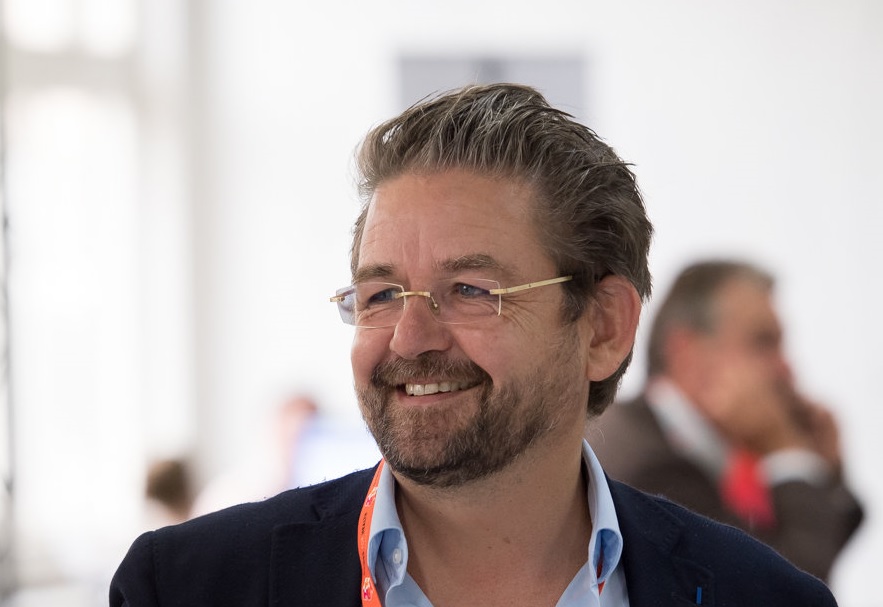
Jurriaan van Rijswijk is founder and chairman of the Games for Health Europe Foundation. He is an entrepreneur and serious game designer for 23 years and won the ICT Personality of the Year Award in the Netherlands in 2014. With his GameSolutionsLab studio in Eindhoven he designs, develops and publish behaviour change interventions using clinically and scientifically-validated games. The games have won various awards. Games for Health Europe Foundation is the worldwide co-creation network for research, development and implementation of games within the health ecosystem.
Keynote: What if games become medicine
Transformation is global. We shift towards a purpose economy. The central theme for the economies will be about the impact it has on peoples’ lives instead on how profitable they are. Since a mayor component of our economies is about lifestyle interventions what better instrument for behaviour change can we use than games? People are intrinsically motivated for it and games do change behaviour. Jurriaan shares the vision of using games in all sectors with proven cases, research and benchmarks.
Gilliard Lopes

Gilliard Lopes is a video games producer, designer and programmer with 20 years of experience in the industry. Born in Rio de Janeiro, Gilliard holds a BSc. in Computer Sciences from Universidade Federal Fluminense (UFF) and a MSc. in Computer Graphics from PUC-Rio. He was a partner at Paralelo Computação, a pioneering development studio of real-time rendering technology in Brazil, and has also worked as a producer at Hoplon Infotainment in Florianópolis. In 2008, Gilliard moved to Vancouver, Canada to work at Electronic Arts, where he is currently a game designer and producer in the FIFA series of football games. He also hosts a weekly podcast about game development called PodQuest.
Keynote : Who Makes Games?
A journey across the past, present and future of game development through the lenses of some of its most unique and inspiring developers.
Ken Perlin
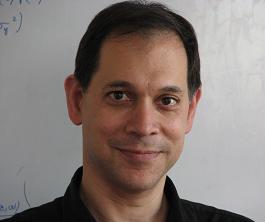
Ken Perlin, a professor in the Department of Computer Science at New York University, directs the Future Reality Lab, and is a participating faculty member at NYU MAGNET. His research interests include future reality, graphics and animation, user interfaces and education. He is chief scientist at Parallux, Tactonic Technologies and Autotoon, and is an advisor for High Fidelity. He received an Academy Award for Technical Achievement from the Academy of Motion Picture Arts and Sciences for his noise and turbulence procedural texturing techniques, which are widely used in feature films and television, as well as membership in the ACM/SIGGRAPH Academy, the 2008 ACM/SIGGRAPH Computer Graphics Achievement Award, the TrapCode award for achievement in computer graphics research, the NYC Mayor’s award for excellence in Science and Technology and the Sokol award for outstanding Science faculty at NYU, and a Presidential Young Investigator Award from the National Science Foundation. He serves on the Advisory Board for the Centre for Digital Media at GNWC, and external examiner for the Interactive Digital Media program at Trinity College. Previously he served on the program committee of the AAAS, was general chair of the UIST2010 conference, directed the NYU Center for Advanced Technology and Games for Learning Institute, and has been a featured artist at the Whitney Museum of American Art. He received his Ph.D. in Computer Science from NYU, and a B.A. in theoretical mathematics from Harvard. Before working at NYU he was Head of Software Development at R/GREENBERG Associates in New York, NY. Prior to that he was the System Architect for computer generated animation at MAGI.
João Pedro Barreto’s
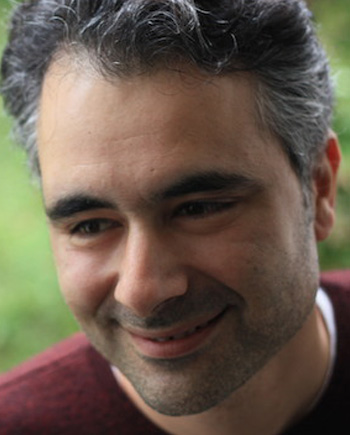
Joao P. Barreto holds a Ph.D. degree from the University of Coimbra (UC). He was visiting scholar in INRIA Rhone-Alpes, Grenoble, France, and a postdoctoral researcher in the University of Pennsylvania, Philadelphia, before joining the UC as a Professor. Joao is an acknowledged expert in 3D Computer Vision, being the author of more than 80 peer-reviewed articles in the most prestigious journals and conferences. He is the recipient of several academic distinctions and awards, including the “Google Faculty Research Award”, served as Area Chair in ECCV’2018 and ICCV2019, and is currently Associate Editor in the journals “Computer Vision and Image Understanding”, “Image and Vision Computing” and “Journal of Mathematical Image and Vision.
Filip Sadlo’s
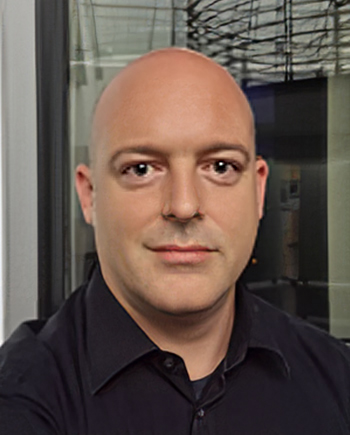
Filip Sadlo received his master’s and PhD degrees in computer science from ETH Zurich.
Since 2014, he is a full professor of computer science at Heidelberg University, Germany, and the head of the Visual Computing Group. His research interests include visualization, computer graphics, and computational photography, with a focus on features and flows, physics, and simulation. He served on numerous program committees in the field, and as a co-chair for several conferences.
Keynote : Flows and Features in Higher Dimensions
In this talk, we examine recent advances in the visualization of multidimensional and multivariate fields. One direction of research is the development of novel feature concepts to extract the essential structure of such data. Due to the intricacy and high dimensionality of the resulting features, as well as the spaces that contain them, a related field of research is concerned with their visual representation and interaction. We motivate and exemplify the utility of the techniques using problems from mathematics, physics, and Earth science, and discuss possible directions of future work.
André Hinkenjann’s
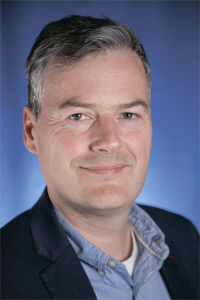
In this talk we will present work on rendering approaches for high resolution and high frame rate displays at IVC. Displays include projections, display walls and HMDs. We show that game engines can be used to facilitate application development for large tiled display walls. Further, we report on work using tracked projectors to create a variable-dpi display. This is extended by audio cues to represent the context of a detail view.
An upcoming problem in high-resolution realtime high-quality rendering is the sheer number of pixels that need to be updated with high frequency. We argue that ray tracing is suited to address this problem and present work on foveated ray tracing for HMDs. The latter can be combined with elaborate global illumination approaches which we report on in the last part of the talk.
Dr. André Hinkenjann is a research professor for Computer Graphics and Interactive Environments at the University of Applied Sciences (H-BRS) in Sankt Augustin, Germany. He received his Diploma in Computer Science from TU Dortmund. After that he worked at Fraunhofer IAO in Stuttgart on one of Germany’s first VR installations. Dr. Hinkenjann received his PhD from the Technical University Dortmund. Since 2012 he has also been the founding director of the Institute of Visual Computing. His main research areas are Interactive Environments, Visualisation, Efficient Global Illumination, and Ultra-High Resolution Display Systems. He is a member of IEEE, ACM SIGGRAPH, Eurographics, and the German Informatics Society. He is also a regular reviewer for many international conferences and workshops in the field of computer graphics and interactive environments.
Carla Dal Sasso Freitas’s
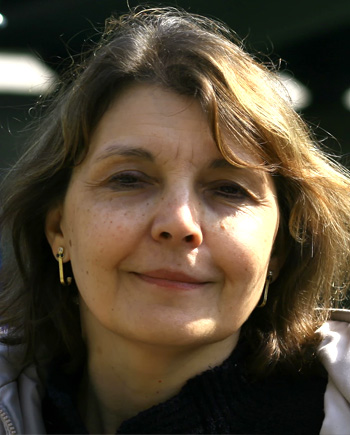
Data visualization has been around for decades since the first computer graphics applications. However, only in the mid-eighties, visualization was understood as a research and development field per se, motivated by the ever-growing computational resources applied to collect, process, and generate large volumes of scientific data. Then, the web provided another environment to produce and disseminate information in several forms. Researchers started to develop techniques to visualize this variety of information in different ways since the data made available represented abstract information. In the mid-nineties, analysis tools joined this scenario because only visualizing information was not enough for the needs of new applications. The term “visual analytics” was coined to denominate several techniques from information visualization, statistics, and machine learning, which aimed to help develop solutions for data analysis. In the last few years, we witnessed the emerging field of “immersive analytics”, where we find virtual and augmented reality techniques being used for data visualization, especially for analysis of big data. Immersive analytics combines new interaction and display technologies to support analytical reasoning and decision making, thus encompassing visualization techniques and multisensory input (and output). In this talk, I will summarize the main aspects involved in immersive analytics, by tracing the path from data visualization to immersive analytics, discuss the pros and cons of adopting such techniques, and outline the research scenario in the field.
Carla Dal Sasso Freitas is a full professor at the Institute of Informatics, Federal University of Rio Grande do Sul (UFRGS). She has a Ph.D. in Computer Science from UFRGS (1994) and was a visiting scholar at the International Computer Science Institute and E.O. Lawrence Berkeley National Laboratory, Berkeley, CA, USA (1996-1997). Her current research interests are data visualization, human-computer interaction, and immersive analytics. She has coordinated international cooperation projects with University Paul Sabatier (Toulouse, France), INRIA Saclay (Paris, France) and Université Catholique de Louvain (Louvain-la-Neuve, Belgique). She has already supervised more than 50 graduate students (MSc and Ph.D. candidates) and published more than 150 papers in journals and conferences. Along with her researcher career, she also served as administrative director of the Brazilian Computer Society (SBC) and coordinator of the SBC Special Interest Group on Computer Graphics and Image Processing. Currently she is the dean of the Institute of Informatics at UFRGS.
